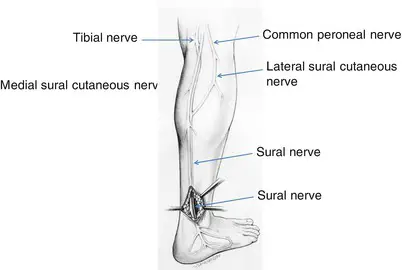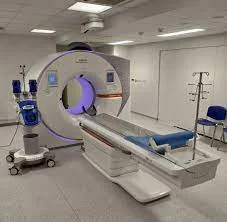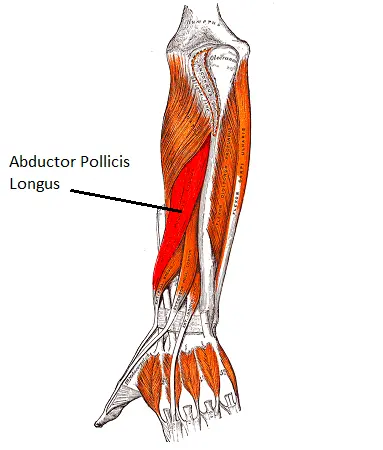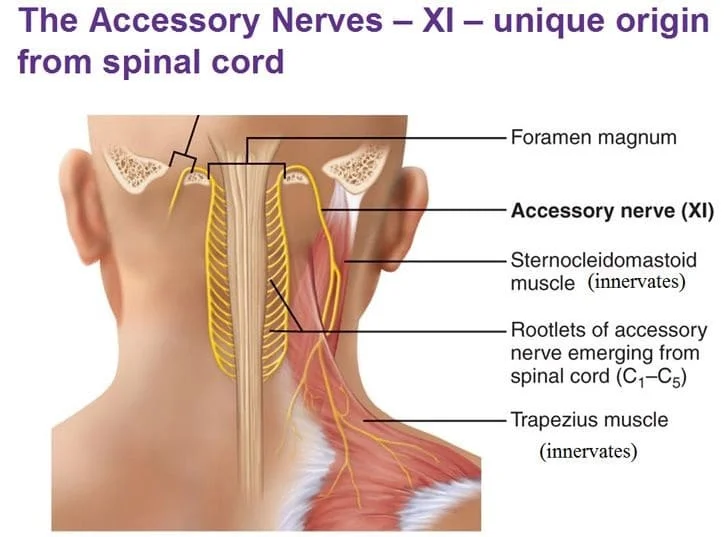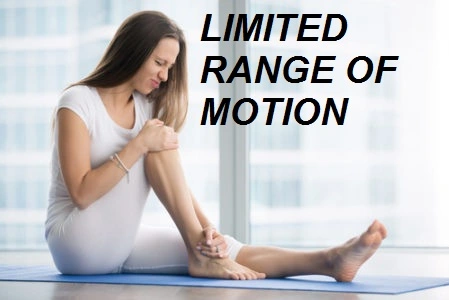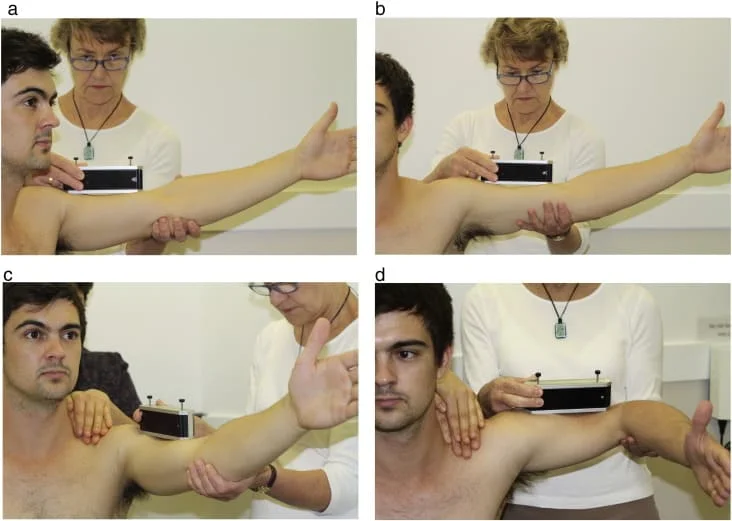Sural Mononeuropathy
Definition of Sural Mononeuropathy
Sural mononeuropathy is a condition characterized by damage or dysfunction specifically affecting the sural nerve, a critical sensory nerve in the lower leg.
A branch of the tibial and common fibular nerves, the sural nerve is a sensory nerve in the lower leg. It gives a feeling to the outside edge of the foot, the rear and outer side of the calf, and both.
A single nerve injury or malfunction is referred to as mononeuropathy. This indicates that only the sural nerve is impacted in the case of sural mononeuropathy. Numerous variables, such as trauma, compression, inflammation, or other localized conditions, may contribute to the injury.
Anatomy of the Sural Nerve
Origin and branches: The tibial and common fibular nerves constitute the base of the sural nerve, which is a network of sensory fibers.
Sensory Innervation Areas: Its branches emphasize its unique sensory innervation, which includes the outer edge of the foot, and the rear and outer side of the calf.
Function of the Sural Nerve in the Peripheral Nervous System: The sural nerve plays a vital role in preserving appropriate sensory feedback and responsiveness in the foot and lower leg.
Causes of Sural Mononeuropathy
Trauma:
Direct injuries are caused by abrupt blows or collisions to the lower leg.
Cuts or cuts that could injure a nerve are called lacerations.
Compression:
Tight Footwear: Constant pressure on the nerve caused by improperly fitting footwear.
Extended Pressure: Persistent compression that damages nerves.
Inflammatory Conditions:
Vasculitis: Blood vessel inflammation that impairs the sural nerve.
Infections: Inflammatory reactions that compromise the integrity of the nerve.
Tumors:
Benign: Growths on the nerve that are not malignant.
Malignant: The sural nerve has been attacked and damaged by cancerous tumors.
Symptoms of Sural Mononeuropathy
Pain, Tingling, and Numbness: Depending on the exact locations innervated by the sural nerve, people with sural mononeuropathy may feel different levels of pain, tingling, or numbness.
Sensory Disturbances: Depending on which nerve is injured, different feelings may appear on the outside, back, and side of the calf as well as the outside edge of the foot.
Diagnosis
Medical History and Physical Examination: In order to determine possible causes and symptoms, healthcare providers evaluate the patient’s medical history and do a physical examination.
Advanced diagnostic methods, including nerve conduction tests and imaging examinations, can be used to assess the kind and degree of damage to the sural nerve.
Treatment
Resolving Underlying Causes:
- Trauma management calls for prompt medical treatment of wounds.
- Compression relief involves lowering pressure and wearing appropriate footwear.
- Medication to control inflammation is the treatment for inflammation.
- Removal of Tumor: Surgical intervention in circumstances involving tumors.
Symptomatic Treatment
Pain management is the use of medications to reduce pain.
Physical therapy: Exercises designed to improve nerve function.
Prognosis
Recovery Expectations: The prognosis varies according to the underlying cause, although good results can be achieved with early intervention and appropriate management.
Long-Term Effects: Patients and healthcare providers can set more reasonable expectations for the healing process when they are aware of the possible adverse effects.
Prevention
Trauma avoidance is exercising caution and taking preventative actions to avoid becoming hurt.
The right shoes should be worn in order to prevent the sural nerve from being compressed for an extended period of time.
Awareness of Risk Factors: Being aware of possible risks can help with preventative measures.
Conclusion
In conclusion, because sural mononeuropathy affects lower limb and foot sensory function, it is important to pay attention to this condition, which is defined by injury to the sural nerve. For the best results, prompt diagnosis, knowledge of the various causes, and focused therapies are essential.
Advances in controlling this ailment can be achieved through prevention through awareness and ongoing research, highlighting the importance of ongoing medical exploration for better patient outcomes and general well-being.
FAQ
What is Sural Mononeuropathy?
In athletes, sural nerve neuropathy is a quite uncommon problem. It may appear as a result of an ankle sprain or as a result of the nerve being tethered by the gastrocnemius muscle and crural fascia; forceful plantarflexion movements may reveal this.
What are the symptoms of sural neuropathy?
Patients who have sural neuropathy frequently arrive with nonsurgical therapy failing to relieve their chronic pain, burning, aching, or numbness in the posterolateral leg, lateral ankle, or lateral foot.
How is sural nerve damage treated?
Most of the time, you will need to start with making lifestyle adjustments, such as icing and elevating the affected limb and minimizing the amount of pressure applied to it. Anti-inflammatories may be recommended if there is a lot of pain in order to reduce inflammation and pain.
How long does sural nerve take to heal?
Your nerve should heal in six to twelve weeks if it is bruised or otherwise damaged but not cut. After approximately four weeks of “rest,” a cut nerve will grow at a rate of 1 mm each day. Some people continue to get better over several months.
What are the exercises for sural neuropathy?
Lie down on your back. Using your hands as support, bring the injured knee closer to your chest. Lift the foot toward the ceiling to gradually straighten the leg until you feel a slight stretch. Bend your ankle in your direction and slowly turn your foot inward.
What happens if the sural nerve is removed?
It is frequently advisable to remove the sural nerve if the symptoms are severe or if the nerve has been too severely injured by prior scarring. Resection of the sural nerve causes numbness throughout its path without impairing motor function since the nerve supplies feeling only to the outside of the foot and ankle.

